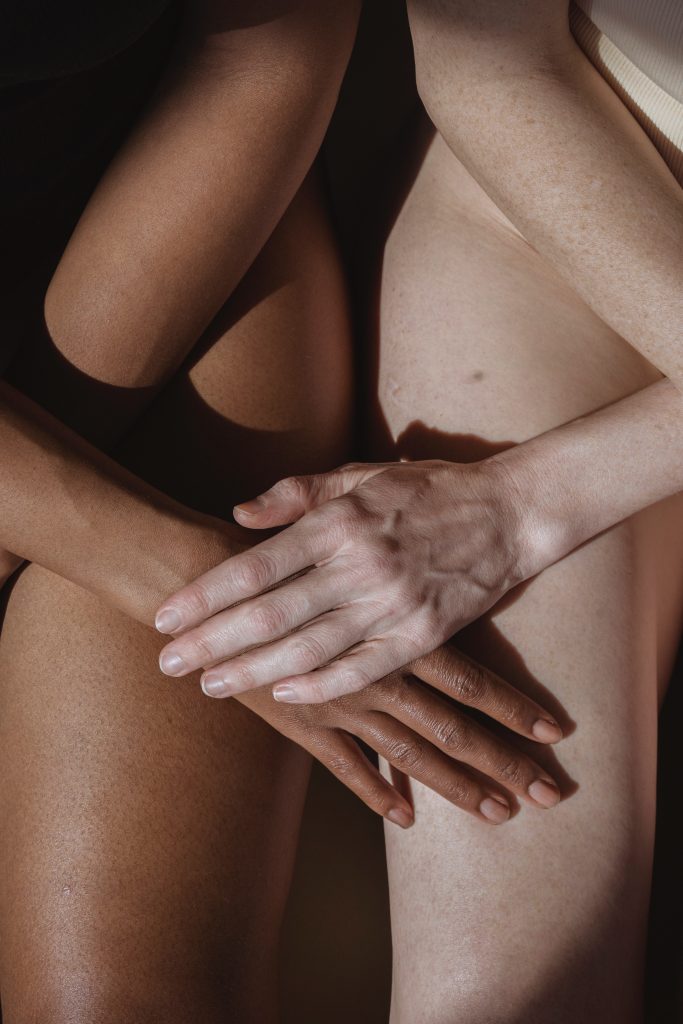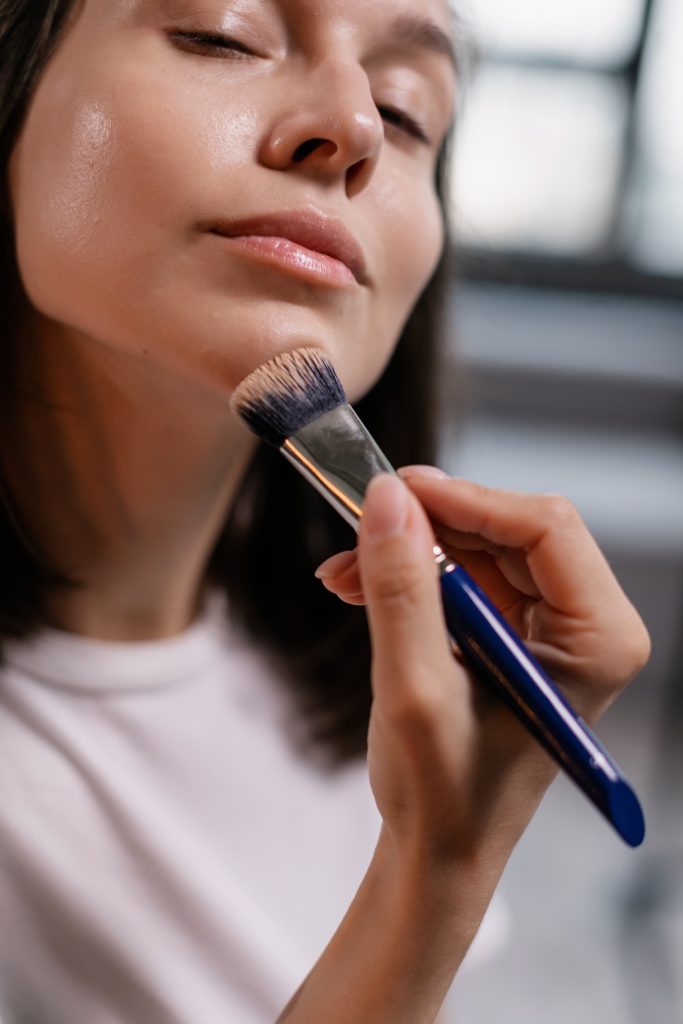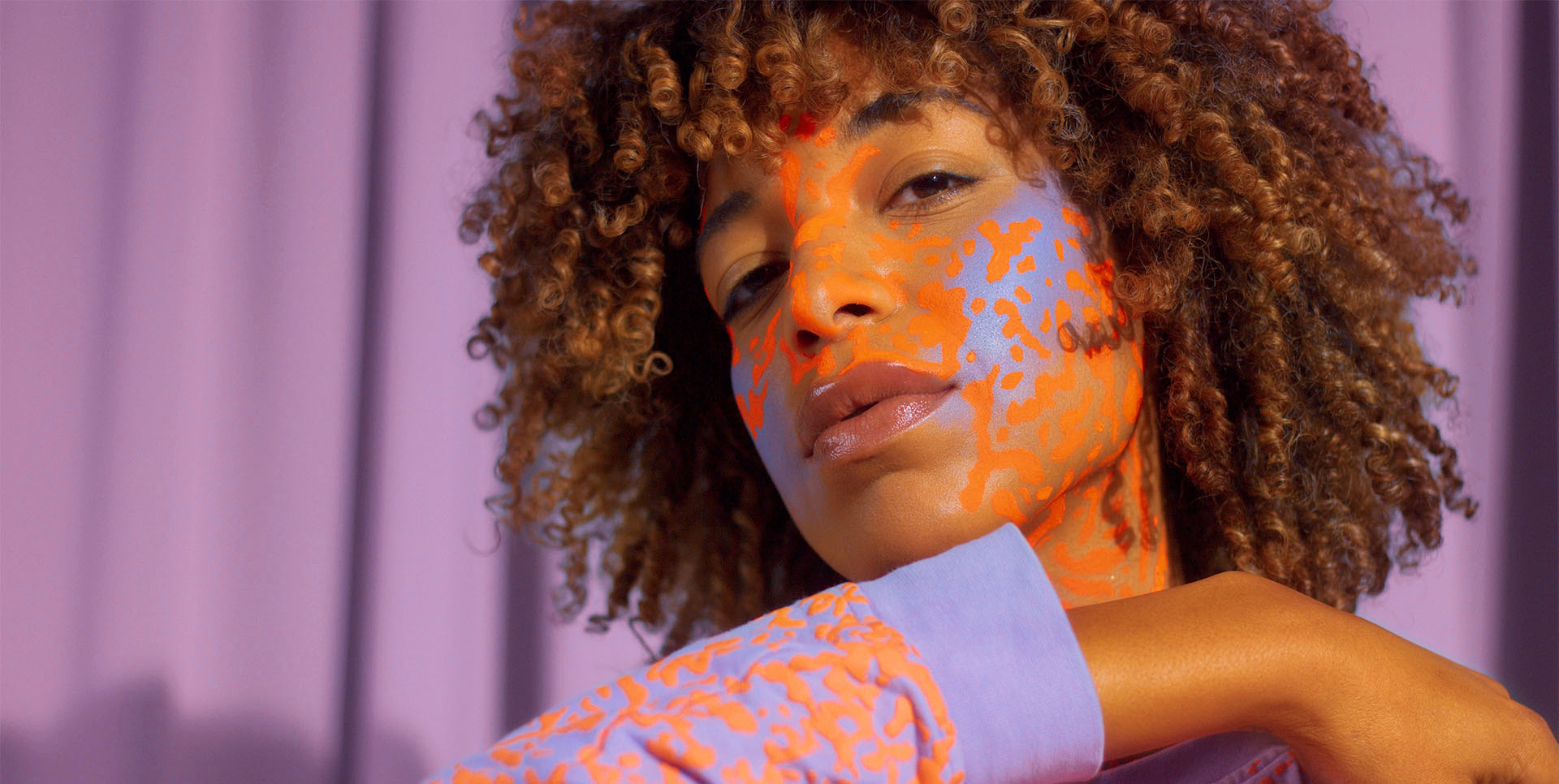All-Inclusive Shades; The modern shade range in cosmetics now expands a palette to be inclusive for all. Consumers demand it, and beauty brands are listening.
Beauty for all
Beauty inclusivity has been in the spotlight in recent years, shifting a social message where consumers of all ages, genders, and races felt “included”. Make-up is the conversation helping to accelerate this all-inclusive growth, to understand the importance of being seen, whether you are fair-medium- or dark-skinned. It’s not about the number of shades, it’s about people everywhere.
Foundation shades NOW match a broad range
Beauty’s weak spot has been limited shades and lacking in the diversity department. Many brands thought a 12-shade foundation range or shades dubbed light, medium, and dark covered all skin tones. The movement towards diverse color options has exploded. Fenty Beauty, launching in 2017 with 40 shades, is one brand that catalyzed a movement to embrace a more inclusive shade range. Fenty now offers 50 shades, and other brands that were slow to respond, now have. Makeup lines are following with extensive shades for darker-skinned consumers making them feel inclusive and helping them navigate and choose tones perfect for them. Gone are the days of single-digit shade ranges, and welcome to hues of 20+ for many products, from foundations to bronzers to concealers.

CLEAN joins in shade inclusivity
Clean beauty’s efforts to keep up with competition yet trailblaze their efforts to advocate and keep ingredients transparent when it comes to sourcing and sustainability, has been limited. Until recently, clean lines made from non-toxic brands offered a lack of shade availability and consumers sometimes had to turn to conventional brands to find a variety of shades and undertone hues. But this isn’t necessary any longer, thanks to clean brands striving to expand their shade range, like Credo’s Exa’s line, 43- shades, which offer options in the deeper skin tone end of the skin tone spectrum as well as more diversity for various skin tones. It’s formulated without controversial ingredients such as silicones, PEGs, parabens, synthetic fragrance, talc, mineral oil, and preservatives. The launch of Exa signals a huge step forward for clean beauty in its efforts to make non-toxic cosmetics available to all.

Expanding people’s understanding of inclusivity
As the world’s perception of beauty becomes more diverse, getting inclusivity right is difficult. Consumers expect more from brands nowadays, but is the issue really about ‘shades for all’, or is it more about representation and equality? As beauty lines expand to accommodate ‘skin tones of the world’, we must also cater to people’s unique needs in making sure they are represented and heard. We now need to begin to look at the people behind the ’50 shades’, and how brands can now tailor those needs for future growth and continued success.
You may also be interested How can sustainable cosmetics help the planet?





